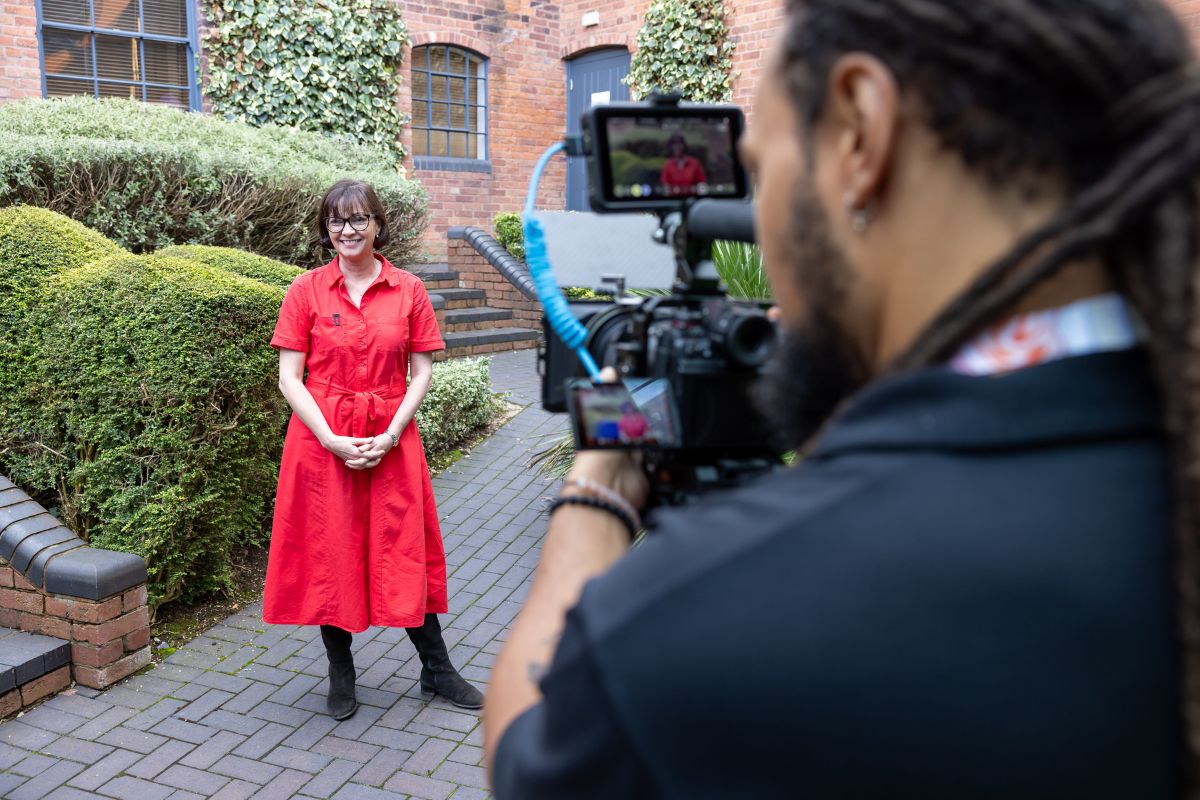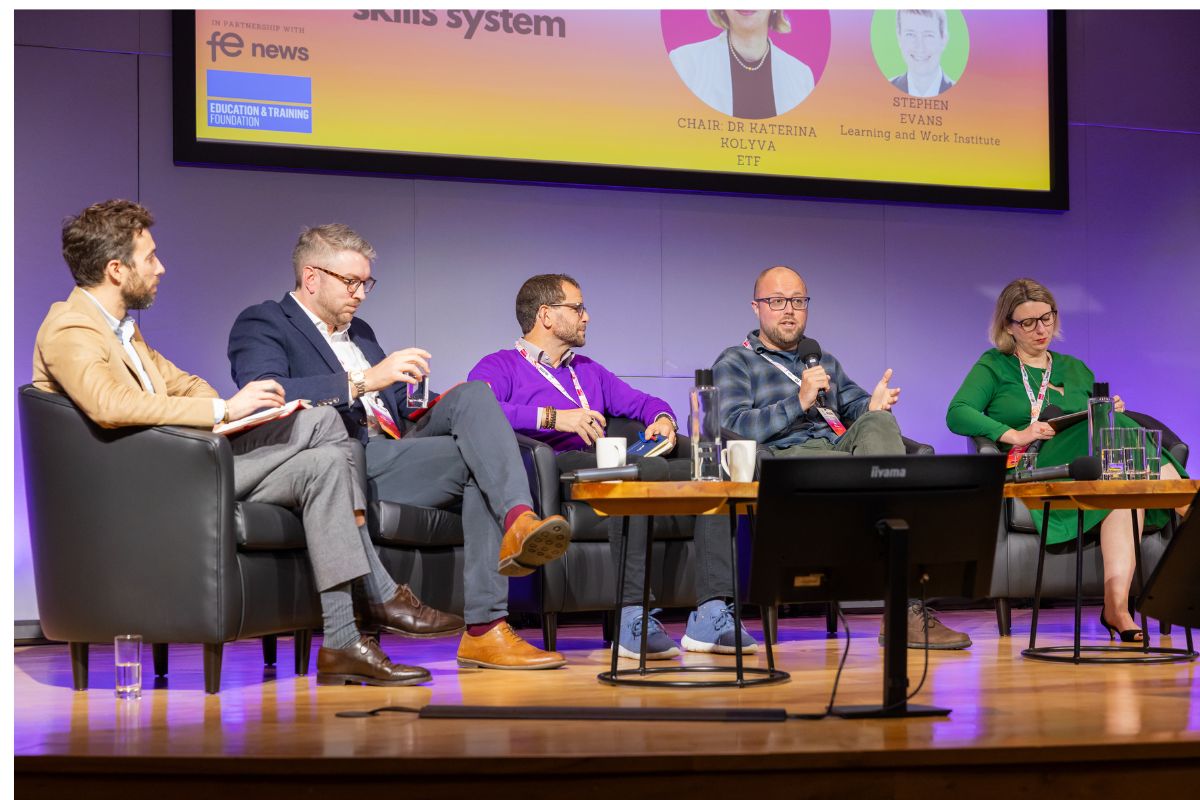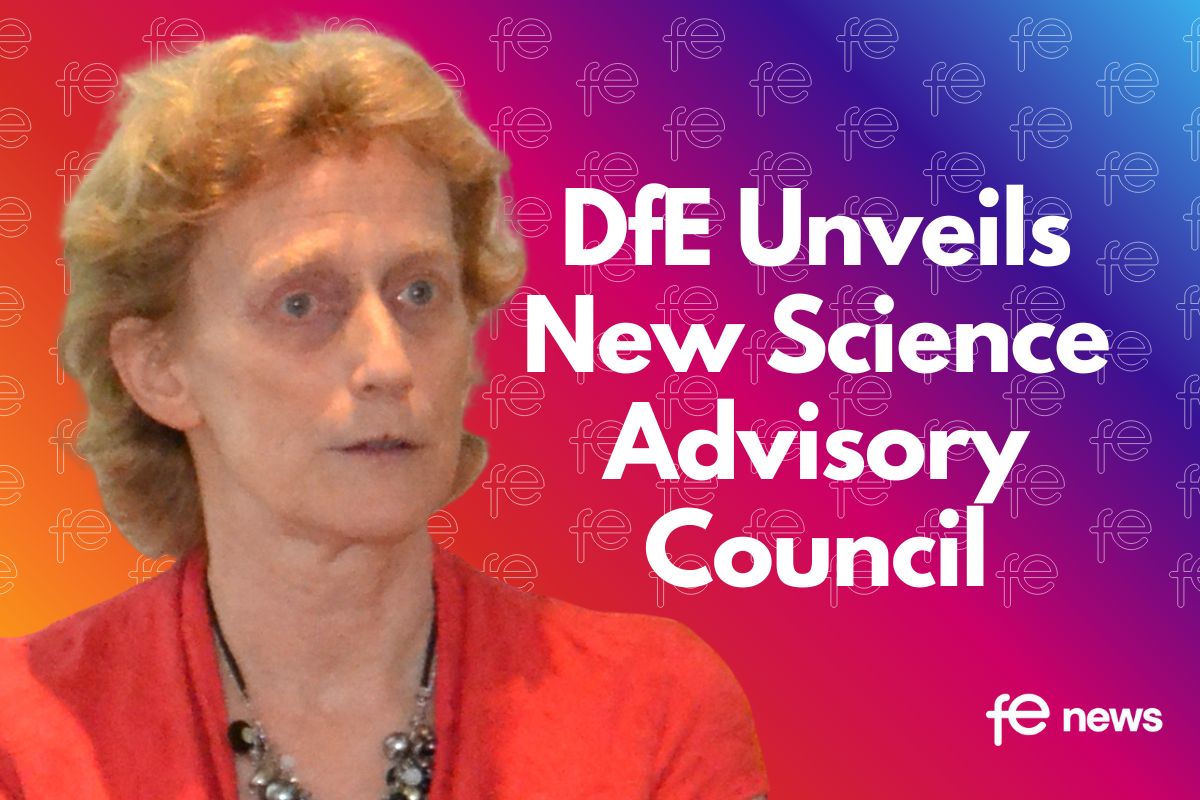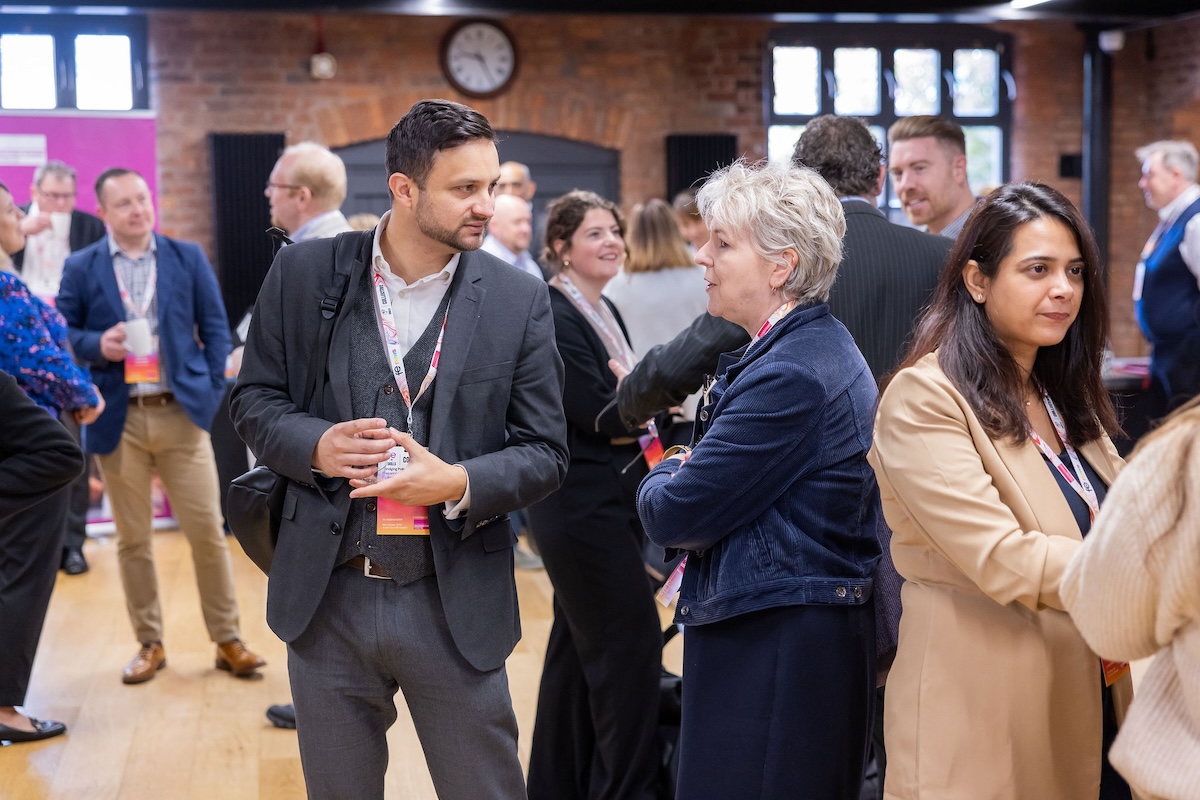A Chef Lecture on an Educational Technology Journey
Educational technology (#EdTech) – just the mere mention is enough to give colleagues anxiety and nightmares – but like Covid-19 its not going away anytime soon. Now, I’m not a digital innovator or a learning technologist or even a technology specialist I’m just a teacher, in fact a chef who’s learnt and got his head around and then in turn uses Educational technology as part of my approach to teaching, learning and assessment.
Is EdTech the be all and end all of a lesson?
No absolutely not, but your lessons, your students own learning, even your own personal learning and development and indeed your own workload and stress levels can be improved so much by using some simple strategies and techniques.
Can a teacher be replaced by technology?
In my view – no, learners NEED that interaction, that personal touch, that face to face for facial expressions, tone, context and warmth, however a teacher who is NOT using technology may very well be replaced with someone who is. Gone are the days where a Youtube clip and a PowerPoint slide or 2 with some animation features, (PowerPoint by the way has developed and evolved really nicely recently into a pretty cool piece of Edtech), the use of a digital camera or camcorder could be passed off as innovative teaching.
Nowadays we need to be a bit more creative – being creative doesn’t necessarily mean more work so before dismissing this little blog, stick with it and have a read, like me using Educational technology may just change your outlook, you creation and delivery of your sessions and your learners’ classroom or workshop experience forever.
I believe EdTech can be split into 2 categories:
- Gimmick, and
- Impactful
The differences? one is just for show the other really makes a difference to a learners education.
Some Edtech is used for information sharing, some is used for collaborative tasks and group work re-invention and the other for assessment. The overriding factor is that it enhances your students learning and keeps them engaged and interested whilst upskilling digital skills and trying to maintain pace in an everchanging world.
Has Edtech changed me?
Yes, and in turn I am doing what i can to ensure it changes or improves my colleagues practice too. A few years ago with the College heading in a very different direction I met a guy who is currently my Assistant Principal who really did change my life (Teacher wise) in fact maybe non teacher wise too!
Upon meeting him from that day until present I really haven’t been the same – a passion, a work ethic, a can do attitude – all branches from the seed and eventual tree of Educational Technology – and for that I will be forever grateful to him, a boss and a friend who has taught me that rather than bury your head in the sand and think you can just carry on as you were, instead embrace a new way of working using new techniques, tools and strategies really can improve your enthusiasm for your vocational subject there by improving your learners experience for the duration they’re with you, increasing in take year on year, finding new ways to make your life a little easier.
Yes its hard at first and there will be days where you think “is it worth it”? or even days where the wi-fi simply doesn’t want to play ball – I would say don’t listen to your head, don’t see these niggles as barriers – the minute you see them as a barrier, they become one.
My advice – keep going with it, light will appear in the tunnel and before you know you’re out the other side showing your team, your learners, your colleagues your other campuses and even the nation what you’ve learnt and achieved. Like with all new things, Edtech is only easy when you know how to do it, I was (and still am) the same with everything new on the technology front.
Once you’ve got your head around the basics and made some pretty useful connections both internally and externally with some of the best innovators and educators in the country and get into a habit and a way of testing new ideas out the rest just seems to “fall” into place.
Starting out, I died a death trialing new technology in many a class/workshop – did it deter me, yes for a few minute during and a few minutes after the session, did I give up? absolutely not! You can’t, you have learners waiting on your every word, waiting for you to go again, try the same thing, try something else – giving up isn’t an option.
My starting point on my Edtech journey after my day with Mark, was to join “Edu-Twitter”, not a new account I simply adapted my own Twitter account to include a lot more educational content – (I kept the @shanelegend23 name/handle of course!)
Social Media
Social media and its many platforms isn’t for everyone and can be as daunting as EdTech itself, but the connections, information sharing, collaborations, EdTech seminar opportunities that have arose solely from Edu-Twitter have been too numerous to count! Connecting and sharing practice together with visiting some of the finest educators and innovators in the country has been absolutely priceless – you couple that with simply “having a go” yourself and believe me you’re onto a winner!
When “shopping” for your Edtech toolkit remember that it isn’t one size fits all – there will be some things that work a treat for your area of expertise and your learners’ group profile that would simply be inappropriate for other vocational/HE areas.
When you’re looking for gifts or presents or doing your food shopping, do you automatically go for the first product you see? I suspect not, I like to look at alternatives, I like to see what gives me the best value, see what has the biggest wow factor for its description and packaging – I believe that to be the same with Edtech.
Obviously as a Chef lecturer this piece will have a Hospitality theme to it and be written with the background tone of vocational learners learning to cook and serve food – Does that make a difference?
No I don’t think so, strategies and applications with the tutors/users own twist and differentiation are easily adaptable for both delivery and assessment purposes regardless of course, ability or academic level.
So – where do you go from here?
Well I believe the starting point is to familiarise yourself with your institutions main Edtech provider and there’s 2 really big hitters Google or Microsoft. Myself – I’m firmly on board with our Colleges Microsoft route and its suite of applications – having completed a wide range of online tutorials and courses from the Microsoft Education Centre (all of which you get awarded digital badges and/or certificates of achievements) have stood me well together with forming a strong relationship with our Network Services department – they are always willing and on hand to share tips/advice or help you in the right direction.
The Microsoft Education Centre again stemmed from a Twitter conversation initially so again the importance and impact of an Edu-Twitter account can not be understated, I’m not saying this lightly but a year on Edu-Twitter has given me more CPD and opportunities to learn and enhance my learners education than I ever could have imagined.
Microsoft Teams increases productivity in our Hospitality area by making all our collaboration, conversations, chats, online meetings, shared files, tasks, etc. available in one single app and one single interface.
In addition you have a wide range of 3rd party apps that integrate into Teams so that your users never have to leave the Teams app to get their work done. For example we integrate Flipgrid, Nearpod and Quizizz as “tabs” as part of each TEAM.
The entire lesson can be launched from your Team. Additional tabs of class materials, social intranet timeline mean that all the handouts for that particular session can simply be “posted” to that team enabling the learner to be responsible for their own handouts, but can access them more easily than say through Moodle/VLE.
Microsoft OneNote – The more you learn about OneNote, the more likely you are to embrace it as one of the best teaching and learning tools available today. OneNote is often described as a digital ring binder. Its versatile and adapts to anyone’s note-taking preferences. You can organise digital notebooks by Sections and Pages in a way that makes sense to you. Some like to organise information based on time; Week 1, Week 2, Week 3, etc. Others like to organise by content; Chapter 1, Chapter 2. Chapter 3, etc. Others just throw everything together in a pile with little or no organisation at all, which is just as valid a choice in OneNote.
You can access notes easily and share them with other students to contribute together in near real-time through collaboration pages and accessed from a laptop, tablet, or even a mobile phone, long after the lesson is over. It’s like having your own copy of every note ever taken available, from any device that can hop online, any time and any day of the year.
Some of the technology and learning value added over the past few years in our Hospitality department has been phenomenal – QR Codes, Aurasma (HP reveal), session sharing platforms, collaboration platforms and pages, 3D printing of food (yes food), 360° virtual content and that’s all before we even mention Microsoft TEAMS, OneNote, Forms, FlipGrid, Nearpod, Greenscreen technology, Mentimeter, Sway, Stream – the list could go on and on.
Now I say all those strategies and applications somewhat flippantly and believe me when I say its not meant to come across that way – I’ve put a lot of work and effort into learning each and every one of those applications but remember I’ve started at the beginning, I’ve been daunted, anxious even feeling physically sick learning about them, but delve into your Edu-Twitter, take each application away and have a play with it yourself, trail and error is a big thing to keep in mind, test things out on your work colleagues before you go live with them, and “if” (Like me!) it all goes south during a lesson you’ll be surprised to hear that my learners have actually on those occasions dug me out of an ever deepening metaphorical hole without too much lasting physical or psychological damage.
Be brave! What’s the worst that can happen?
So my own personal Edtech strategy and go to Toolkit consists of the following generic examples:
- I need a different session sharing platform – so in addition to the newer and very much revitalised PowerPoint I choose Nearpod and its fun and interactive assessment opportunities. Nearpod allows me to create presentations using the Nearpod website and deliver instruction to learners by swiping the content out to multiple devices at once. I control the presentation from a master device, while students follow along on a class set or their own devices. It can also be used for viewing video content, answering quizzes, viewing PowerPoint presentations, completing fill in the blanks, answer open questioning and other amazing interactive content. Nearpod Engages and through multimedia which retains students’ attention, keeping them focused and minimizing off-task behaviour. You can follow your students’ progress, monitor classroom activity and participation and easily control students’ devices. Nearpod can also be utilised for distance learning with a simple shared PIN number.
- I need a way of checking understanding and learning, yes I could go with Kahoot (but isn’t that being done by EVERY other department in the institution? maybe – so you make yours bigger, better, brighter and fuller!), With it being used so much I also go for Mentimeter which allows me not only to check understanding but creates a “word cloud” visual that can be shared with your learners and also embeds English nicely too.
- I need something for Collaboration and peer teaching opportunities so I go for a selection of either Greenscreen technology, Microsoft OneNote collaboration pages or the absolutely amazing FlipGrid. For more formal assessment I choose Microsoft FORMS which like Nearpod assessments you can set to “self mark” Yep self mark!! Microsoft Forms is a simple tool that lets you quickly create a form, collect responses in real time, and view automatic charts to visualise your data. You can build a form in minutes and respondents can fill it out on any browser without having to install a separate app. With Microsoft Forms, you can create: Surveys: Collect customer feedback, measure employee satisfaction, and organise team events. Create Quizzes/Polls: that measure student knowledge, evaluate class progress, and focus on topics that need improvement. Another advantage with Forms is it integrates nicely within Teams and OneNote. For recording sessions or giving your learners reflective online recap learning opportunities or simply to record demonstrations, content etc I choose Microsoft Stream – an online recording platform that I use to record my practical demonstrations of dishes, preparation and cookery techniques and even lighting and correct use of equipment that can be shared with a couple of clicks of a mouse directly to your learners or embedded in what every you like really.
So once you have your Toolkit outline that you’d like to develop you can then begin delving a little deeper into each one – seeing if its appropriate for you and more importantly your learners.
Once you’ve conquered your dread and anxiety and got your first EdTech session under your belt its like a missing piece of a complex jigsaw has just been slotted into place, you’ll get more confident, you’ll try things that a few months ago you wouldn’t even have dreamed of – for example seeing your learners getting their phones out and instead of posting a snapchat or a Facebook post they record themselves recording a response to a question you set them earlier that they’ve accessed with a PIN code really is an amazing feeling.
Then the mood of that session changes completely when you play a couple of these responses back to the group creating an impromptu peer teaching opportunity, then you can evaluate and feedback together and watch their confidence grow which is giving them belief and hope that they can talk in front of their classmates, increasing digital skills, increasing use of grammar and English now what I’ve just described to you is FlipGrid a Free app (Yes free!) for IOS and Android devices which allows users to upload their own video response to “topics” set online (Flipgrid can even be launched through Microsoft Teams).
Flipgrid in our Hospitality area makes lessons come to life, it helps learners to participate and absorb knowledge at their own pace revealing information when they’re ready which I use to promote differentiation and autonomy of learning.
Now imagine the learners using these new found skills on a job interview – you’re helping to change their lives and your doing it with some basic Educational Technology – Good luck and let your journey begin.
Shane Guilford, Chef Lecturer in Hospitality
Any questions, feedback or comments about either EdTech, approaches or even this article and its content – drop me a message/connect at my Twitter page @shanelegend23











Responses